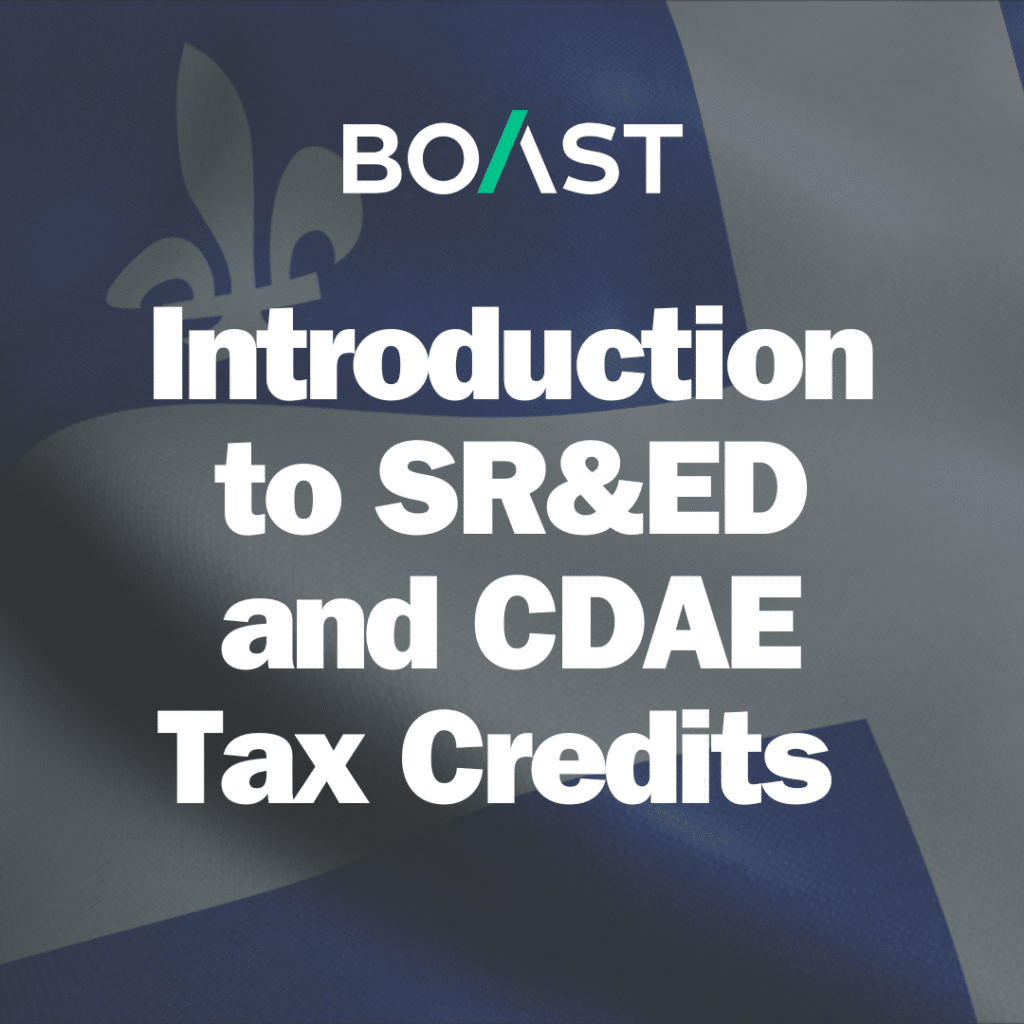The dramatic drop in oil prices over the last few months is certainly a reason for many of us to feel uneasy. Oil prices affect almost everyone, for better or for worse.
The most immediate effect will be positive: a boost to consumers’ disposable incomes and spending. Lower oil prices will also reduce production costs for many sectors. The downside of this is that oil producers and companies that service the oil industry have already started cutting jobs and the Canadian dollar has also seen a decline.
It’s more important than ever before, for the energy sector to invest in Research and Development (R&D) and technology. Technology has been increasing the life of mature fields, as well as enabling the development of new resources in a more effective and environmentally efficient manner.
Want to offset R&D expenses and fund your innovation projects?
Find out if you qualify for Scientific Research & Experimental Development (SR&ED) tax credits.
Every year the Canadian government provides approximately $3.4 billion to more than 23,000 companies through the Scientific Research and Experimental Development (SR&ED) tax credit program. Leveraging this program, Canadian-controlled SME’s can recover up to 64% of their R&D spend on qualifying projects.
The legislative definition of SR&ED excludes work with respect to “prospecting, exploring, drilling for or producing, minerals, petroleum or natural gas” (as stated in Section 248 (1)(h) of the Income Tax Act). This has led many oil and gas producers and those in the energy sector to discount the SR&ED program.
However, many petroleum producers are still eligible for SR&ED tax credits; Any work undertaken to advance technology, improve processing capability, or develop new materials, products or equipment that meets the SR&ED criteria is eligible – even if it was undertaken by a company that focuses primarily on resource extraction and production.
Any project that meets the following 3 criteria are eligible to claim SR&ED:
- Technological Advancement – advances the existing state of technology.
- Technical Uncertainty – the problems or unknowns cannot be overcome by applying the techniques, procedures, and data that is easily available in the public domain.
- Technical Content – the objectives must be clearly stated at an early stage in the evolution of the project, and the method of addressing the scientific or technological obstacle/uncertainty by experimentation or analysis must be clearly set out.
The majority of eligible work typically falls under experimental development, which means work undertaken to achieve technological advancement for the purpose of creating new, or improving existing, materials, devices, products or processes, including incremental improvements thereto. R&D tax incentives are not just limited to traditional “white lab coat” type work.
Examples of experimental development projects in the energy sector
Qualifying projects include new product development in areas such as:
- Remote sensing
- Downhole tools
- Blowout pipes and valves
- Fracking and drilling fluids
- Demulsifiers
- Corrosion chemicals
- Drilling and pumping technologies
- Sulphur reduction and software
- Information technology.
The development of new petroleum recovery processes such as Vapour Extraction (VAPEX) and Enhanced Steam Assisted Gravity Drainage (E-SAGD), as well as potential projects in the oil sands such as bitumen extraction, bitumen/ sand separation, tailing management, bitumen upgrading, and water treatment could also qualify. Any resulting development and testing in commercial field facilities could also qualify. There could be eligible projects in other areas of operations not directly related to oil and gas, such as developing new or improving existing equipment in transportation, storage, manufacturing, etc.
While the SR&ED program may sound complicated and the boundaries between eligible and ineligible work is not always obvious, the program can add significant dollars to your bottom line and help fuel other innovative projects and technological breakthroughs. When in doubt, seek expert opinion to determine if the work you’re doing merits a claim.




